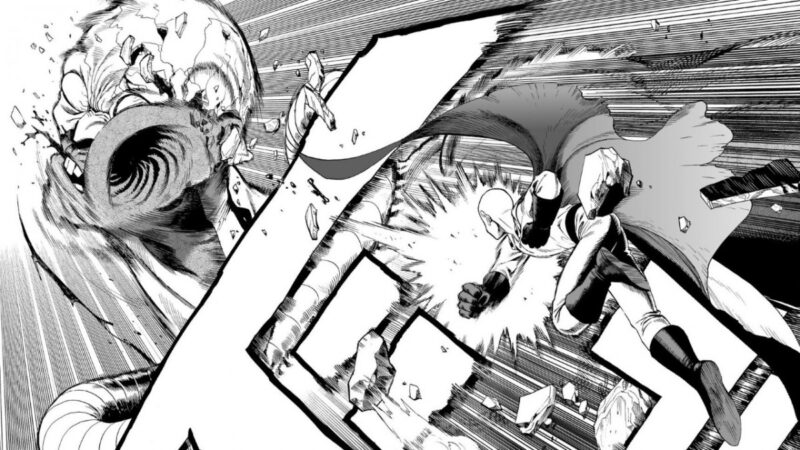 Manga is good for your brain. Yep. You’ve read that right. In fact, reading manga may give you an advantage over those, like me, who grew up reading only traditional books. Manga benefits those with Autism Spectrum Disorder (ASD) too.
Manga is good for your brain. Yep. You’ve read that right. In fact, reading manga may give you an advantage over those, like me, who grew up reading only traditional books. Manga benefits those with Autism Spectrum Disorder (ASD) too.
The medium requires a different set of skills than reading traditional books. Not to say traditional books are bad for your mind. It’s just that manga challenges the brain in different ways. Even Western comics like Batman and Superman don’t benefit your mind as manga does. Manga relies on images more for story telling then Western comics do. They have more images and fewer words (Rozema, 2015). The media has several layers of reading: images, words, Japanese onomatopoeia, and its own visual language. This combination means “…even proficient readers of English—who are not experienced with this level of multi-modality and have been socialized into more traditional, nonhypertext, storylines—may find manga, as we do, to be a challenging read (Schwartz, 2006).”
I’ve covered Japanese visual language and Japanese onomatopoeia. They combine to create a unique interplay between Japanese and Western cultures. Manga also has different identities and contexts that result from Japanese culture. All of which the reader needs to decipher. The immediacy of images, and the secondary nature of words, means readers can’t rely on explanations as with traditional books. It’s easier for books to explain a cultural context than an image which just shows that context and leaves it to the readers to understand it. But that gap is what makes manga good for our minds.

Because English lacks the same number of onomatopoeia as Japanese, many manga translations leave the original Japanese intact. Over time, readers learn to decipher these fonts and words and associate them with certain types of actions. This is multimodal thinking can work without needing to look up a translation or transliteration. Although this can help. Multimodal thinking happens without our awareness. It comes from an accumulation of experiences with manga. That is part of the reason why regular manga readers don’t struggle with reading the book “backward” and reading pages right to left, left to right, and horizontally across two pages. As readers get involved with the story, they learn to read the rhythm of the images and follow them along with the text without much thought behind it. Learning happens without awareness.
Manga’s nonlinear storytelling requires readers to remember dozens of subplots and characters. Many deal with different viewpoints, such as gender swapping stories, along with coming-of-age stories and genres like Boy’s Love. “Thus, it is possible that manga story lines not only afford readers a nonlinear, rich imaginative read of the world but also tap into an array of complexities in human experiences toward which young adults seem to feel great affinity (Schwartz, 2006).” Manga reading skills transfer to other multimodal media that require reading images and words together. It encourages multidimensional thinking.
Anime and Autism

The multimodal nature of manga may be why it helps those with ASD. While there isn’t a single usual case of ASD, there are 2 board diagnostic criteria (Rozema, 2015):
- deficits in social communication
- restricted, repetitive patterns of behavior, interests, or activities
Manga falls under the second criteria. Its focus on images and its visual language may appeal to teens with Autism Spectrum Disorder, and many autistic people are better at processing images than words (Rozema, 2015).
Manga’s visual language focuses on emotion. The manga face follows a general template–pointed chin, small nose, small mouth, large eyes–which is distinctly manga. The face is designed for emotional exaggeration, leaving hair, accessories, and details to separate one character from the next. Many with autism struggle with reading expressions, but manga faces exaggerate and simplify expressions, making them easier to read. The fact manga faces always look like manga faces allows teens with ASD to recognize them. Then the simple design feature that identifies each character helps those teens draw distinctions among those faces (Rozema, 2015). Think: Naruto’s cheek whiskers.
Manga also provides an ocean of information to dive into. There are hundreds of stories with a vast array of characters to learn. Dragonball has more than 500 chapters of characters, settings, and storylines to learn. Manga is meant to be disposable, printed on cheap paper as it is and rapidly produced. Yet, this creates depth through its sheer quantity. And most of it follows an established visual language, which allows readers to easily slip from world to world without having to relearn anything other than the rules for that story world. This helps those with ASD enjoy a wide array of stories. Many with ASD enjoy learning and memorizing a vast body of information surrounding their interest (Rozema, 2015).
Beyond the learning benefits, manga provides a shared interest that allows people to socialize easier. Because of this, manga provides a sanctuary for those who have high-functioning ASD. Manga attracts those who aren’t inclined toward verbal language so social awkwardness is fairly common and accepted.
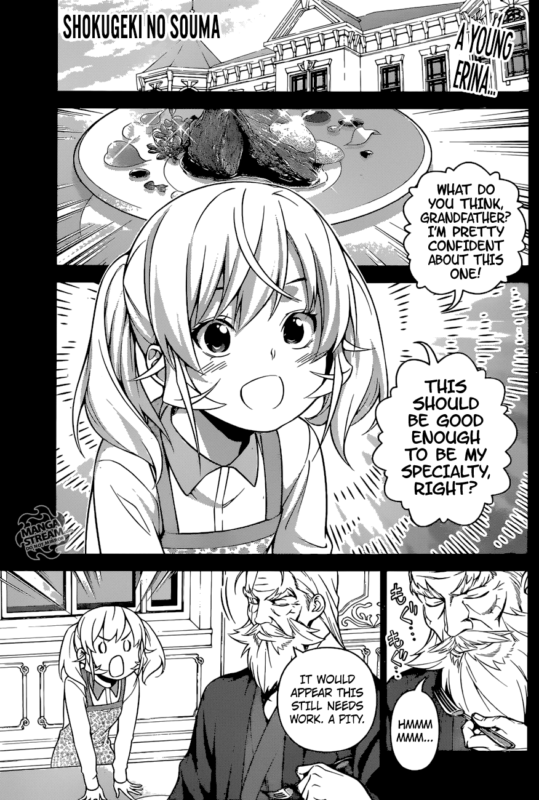
Multimodal skills–the ability to decipher images and words and cultural contexts–help people succeed. Globalization with its cross-cultural interaction allows people with multimodal skills to thrive because they can better reason through language and cultural barriers. These skills also allow people to better navigate the glut of information that surrounds us. They can process image information faster and with more flexibility which is important with how the Internet pervades most aspects of work and life. Manga reading makes your mind more flexible because of how it encourages you to read right to left, left to right, images, Japanese onomatopoeia, Japanese cultural details, and more. This allows you to be more open to different cultures too.
Don’t sell manga reading short. Its reliance on images for narration benefits you as images and videos increasingly take over the written word’s dominance. Of course, there will always be a place for words and prose. Everyone should learn both skill sets.
References
Rozema, Robert (2015) Manga and the Autistic Mind. English Journal. 105 (1) 60-68.
Schwartz, Adam & Rubinstein-Avila, Eliane (2006) Understanding the Manga Hype: Uncovering the Multimodality of Comic-Book Literacies. Journal of Adolescent & Adult Literacy 50 (1) 40-49.

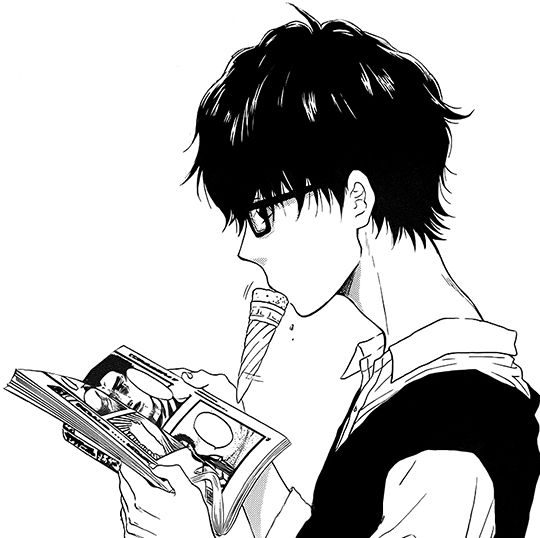
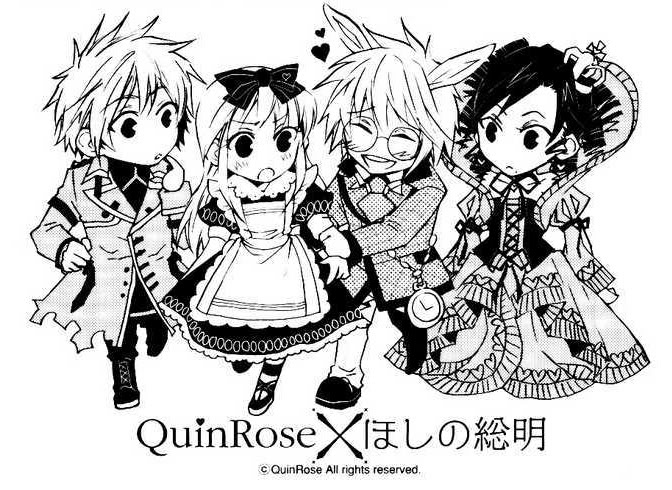

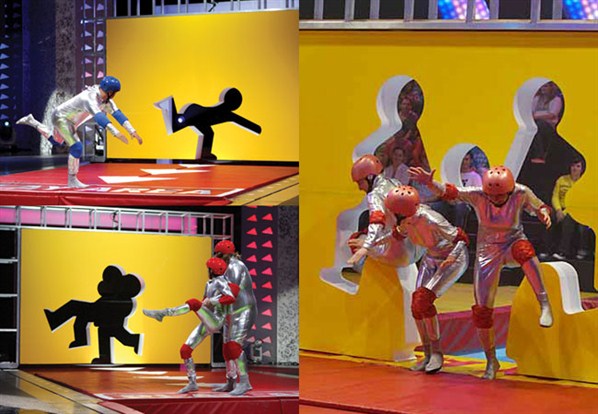
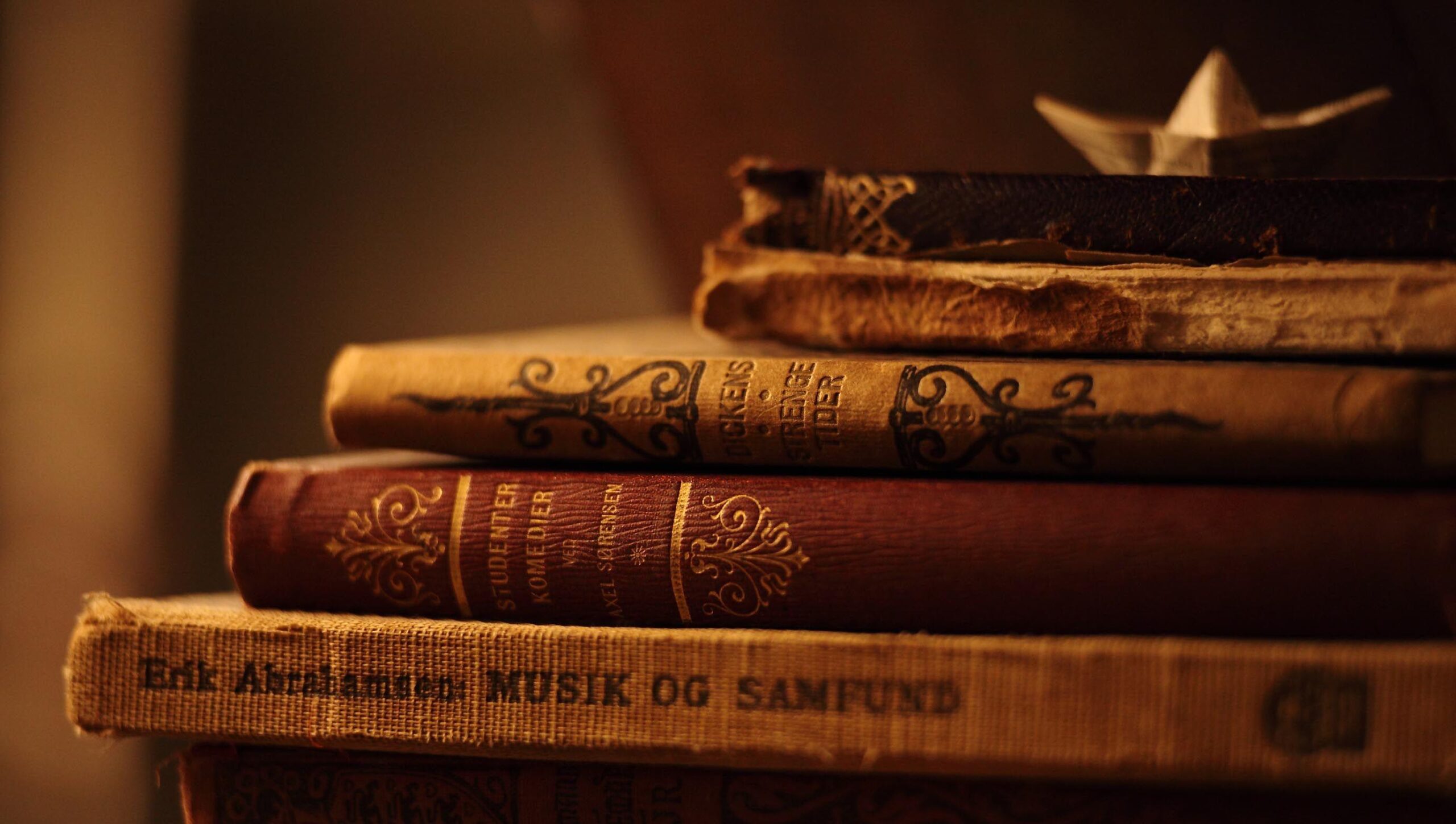
I have a question for you that I hope you can answer. Do you know anything about writing manga and how one can create a successful manga in Scenario writing? Do you know sources that can teach me and help me how to start?
I’m not familiar with Scenario writing. I recommend the book “Save the Cat!” by Blake Snyder. It covers screen writing, but the book’s ideas apply to writing in general, including manga and comic writing. Practice your drawing and not only using manga’s style. Study traditional drawing and anatomy. YouTube provides a good resource, and Croquis Cafe offers a great figure drawing resource for the price. Look into John Gardener’s books on writing. The principles of writing remain the same no matter what style you write.
I like this web site mainly because it supports my essay topic but i don’t know if my teacher would. What do you think? Would she support it or not. I just want to be safe in case i causes my grade to go down or so i don’t have to quickly find a new source for my essay
I try my best to use good academic references to support my articles. It’s up to your teacher to decide if my research is good enough or not.
Yes IMO manga is the next best choice for people who prefer anime. Mostly because of the art part and the visualization character under different circumstances. I have written something about manga VS light novel too.
Light novels offer an interesting bridge into reading full-length novels. But whenever I read light novels, I can’t visualize the events with anime characters. I read them as regular novels with regular people.
An interesting read as always. I’ve heard of the simplified facial expressions in shows like Thomas the Tank engine helping children on the autism spectrum, but I never thought that anime and magna which also have simplied facial expressions could also help.
I would be interested to know your thoughts on making a list of manga for students of different age groups and reading levels. This is due to cultural differences between Japan and the USA and content that they would not consider shocking might be considered taboo here. I wouldn’t recomend High School of the Dead (extreme example I know) to even High school students over fear of parental backlash.
Also do you think light novels could serve as a bridge between moving students from reading manga to more traditional books?
I’ve ran into the cultural differences as I work to build my library’s manga collection. Nudity isn’t a big deal in Japanese children’s manga–it’s considered a part of childhood, but obviously it is here in the States. However, I balance the parental backlash because it’s the parent’s responsibility to monitor the content their children consume. It’s not the library’s responsibility.
Light novels can be, but I’ve found light novel readers tend to prefer that medium over manga.